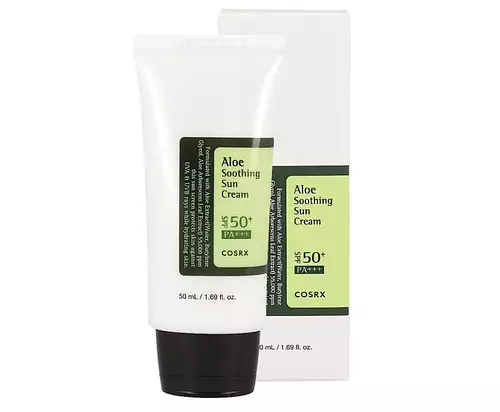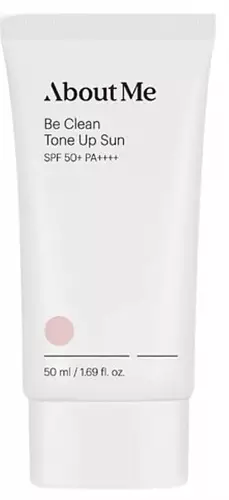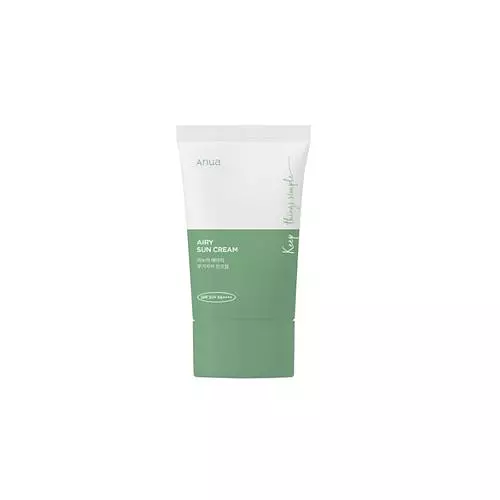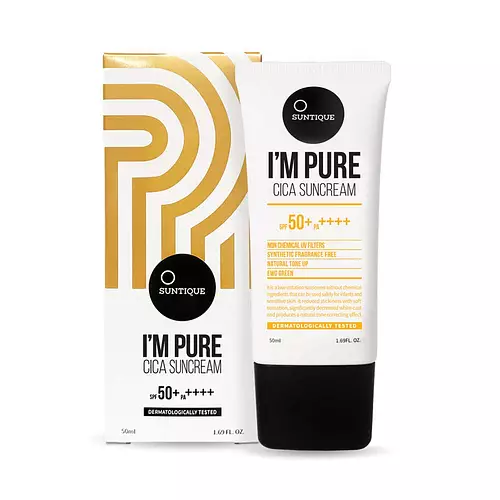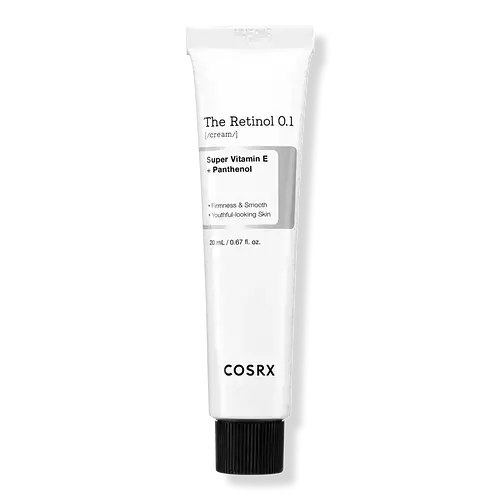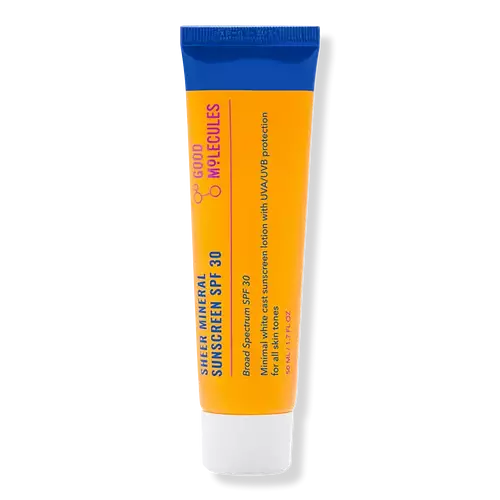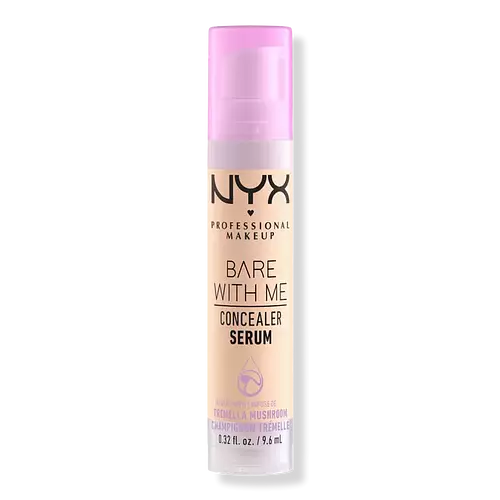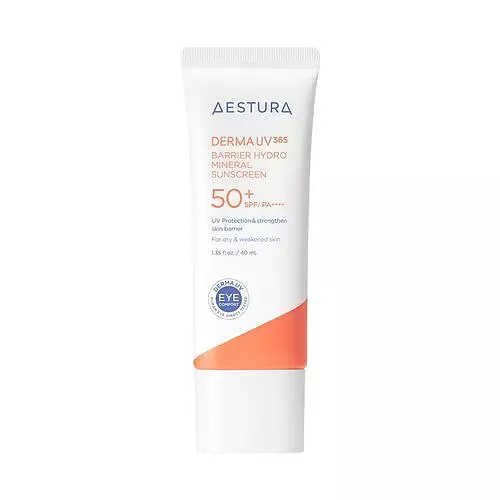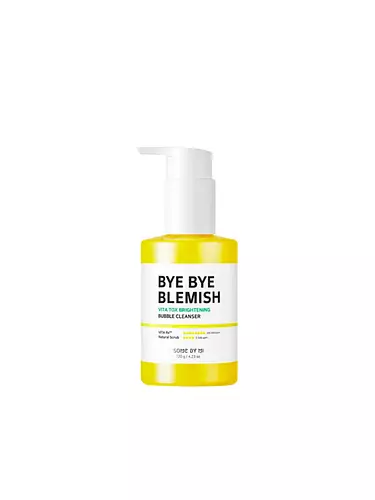Updated on November 25, 2023
Overview
What they are
These products are both cruelty-free sunscreens. They have a total of 6 ingredients in common
Cool Features
They both contain SPF and Vitamin E
Suited For
They're both likely to be good for dry skin, brightening skin, sensitive skin and dark spots
Free From
They both do not contain any oils, parabens or sulfates
What's Inside
They both contain silicones
We independently verify ingredients, and our claims are backed by peer-reviewed research. Spot a product that needs an update? Let us know.
Ingredient Info
Beauty of Joseon Relief Sun : Rice + Probiotics 41 ingredients
COSRX Aloe Soothing Sun Cream SPF 50 PA+++ 45 ingredients
At a glance
Click on any of the items below to learn more
Beauty of Joseon Relief Sun : Rice + Probiotics 41 ingredients
COSRX Aloe Soothing Sun Cream SPF 50 PA+++ 45 ingredients
Notable Ingredients
This product contains 4 ingredients that may have this attribute:
This product contains 1 ingredient that may have this attribute:
This product contains 1 ingredient that may have this attribute:
This product contains 1 ingredient that may have this attribute:
Benefits
This product contains 2 ingredients that may have this attribute:
This product contains 1 ingredient that may have this attribute:
This product contains 3 ingredients that may have this attribute:
This product contains 1 ingredient that may have this attribute:
This product contains 2 ingredients that may have this attribute:
This product contains 3 ingredients that may have this attribute:
This product contains 2 ingredients that may have this attribute:
This product contains 1 ingredient that may have this attribute:
This product contains 2 ingredients that may have this attribute:
This product contains 3 ingredients that may have this attribute:
Notable Ingredients
This product contains 4 ingredients that may have this attribute:
This product contains 1 ingredient that may have this attribute:
This product contains 1 ingredient that may have this attribute:
This product contains 1 ingredient that may have this attribute:
Benefits
This product contains 1 ingredient that may have this attribute:
This product contains 1 ingredient that may have this attribute:
This product contains 1 ingredient that may have this attribute:
This product contains 1 ingredient that may have this attribute:
This product contains 2 ingredients that may have this attribute:
Concerns
This product contains 1 ingredient that may have this attribute:
This product contains 3 ingredients that may have this attribute:
This product contains 1 ingredient that may have this attribute:
This product contains 3 ingredients that may have this attribute:
This product contains 4 ingredients that may have this attribute:
This product contains 5 ingredients that may have this attribute:
Ingredients Side-by-side
Ingredients Explained
These ingredients are found in both products.
Ingredients higher up in an ingredient list are typically present in a larger amount.
Water. It's the most common cosmetic ingredient of all. You'll usually see it at the top of ingredient lists, meaning that it makes up the largest part of the product.
So why is it so popular? Water most often acts as a solvent - this means that it helps dissolve other ingredients into the formulation.
You'll also recognize water as that liquid we all need to stay alive. Talk about multi-purpose! If you see this, drink a glass of water. Stay hydrated!
Learn more about WaterGlycerin is already naturally found in your skin. It helps moisturize and protect your skin.
A study from 2016 found glycerin to be more effective as a humectant than AHAs and hyaluronic acid.
As a humectant, it helps the skin stay hydrated by pulling moisture to your skin. The low molecular weight of glycerin allows it to pull moisture into the deeper layers of your skin.
Hydrated skin improves your skin barrier; Your skin barrier helps protect against irritants and bacteria.
Glycerin has also been found to have antimicrobial and antiviral properties. Due to these properties, glycerin is often used in wound and burn treatments.
In cosmetics, glycerin is usually derived from plants such as soybean or palm. However, it can also be sourced from animals, such as tallow or animal fat.
This ingredient is organic, colorless, odorless, and non-toxic.
Glycerin is the name for this ingredient in American English. British English uses Glycerol/Glycerine.
Learn more about GlycerinButylene Glycol (or BG) is used within cosmetic products for a few different reasons:
- It is a solvent, meaning that it helps to dissolve other ingredients. This also enhances the absorption of the product into one's skin.
- It is a humectant, which means that it helps attract moisture into the skin.
- It helps improve product application.
Overall, Butylene Glycol is a safe and well-rounded ingredient. It is unlikely to irritate skin, and works well with pretty much all other ingredients.
Carbomer is a polymer of acrylic acid. Its main role is to create gel consistency within products.
Carbomer is commonly found in many types of cosmetics products. It is found to be safe in concentrations up to 15%. However, a high amount of carbomer can cause pilling or balling up of products. Most products contain 1% of less of carbomer.
Acrylates/C10-30 Alkyl Acrylate Crosspolymer is a synthetic polymer. It is used to thicken and improve the texture of products.
Acrylates/C10-30 Alkyl Acrylate Crosspolymer is also an emulsifier. Due to its properties, it can prevent water and oil ingredients from separating.
Xanthan gum is used as a stabilizer and thickener within cosmetic products. It helps give products a sticky, thick feeling - preventing them from being too runny.
On the technical side of things, xanthan gum is a polysaccharide - a combination consisting of multiple sugar molecules bonded together.
Xanthan gum is a pretty common and great ingredient. It is a natural, non-toxic, non-irritating ingredient that is also commonly used in food products.
Learn more about Xanthan GumIngredient Ratings
Here's what our community thinks of the ingredients in these two products.
When to use
Beauty of Joseon Relief Sun : Rice + Probiotics 41 ingredients
COSRX Aloe Soothing Sun Cream SPF 50 PA+++ 45 ingredients


Reviews
Here's what our community thinks
Beauty of Joseon Relief Sun : Rice + Probiotics 41 ingredients
ShreyashiV._305
I really wanted to love it!
I love the ingredients, the way it sits on my face, the dewiness it leaves on application, it even helps with the...
I really wanted to love it!
I love the ingredients, the way it sits on my face, the dewiness it leaves on application, it even helps with the hyperpigmentation scars. BUT! It also makes me break out- which is such a bummer because other than that I really do love this product :(
AnaG
My first Korean sunscreen and still my favorite SPF, my skin simply loves it. It doesn't peel, it's hydrating. I have tried a lot of SPF that I...
My first Korean sunscreen and still my favorite SPF, my skin simply loves it. It doesn't peel, it's hydrating. I have tried a lot of SPF that I like but I always repurchase this one.
COSRX Aloe Soothing Sun Cream SPF 50 PA+++ 45 ingredients
mooj
this sunscreen stung my eyes super bad. even when i took care to avoid my eye area, it still burnt. left my skin red and irritated looking.
nastyk
Gave me a lot of texture. Pills. Has somewhat of a scent. Stings my eyes. Simply did not enjoy this product!

